RE: Bluebells, you little beauty
The Spanish bluebell was introduced into British gardens in the 17th century, so is hardly a newcomer.
Upright, erect, colorful and with the ability to grow in full sun, the Spanish bluebell actually makes a much better garden flower.
In recent years, botanists with nothing much else to do with their time have decided that the Spanish bluebell is encroaching on the wild bluebell population, and so must be eradicated.
Luckily, most people are totally ignoring them, and continue to enjoy the annual display put on by the bluebell, no matter its nationality.
A British government committee, who really should have been concentrating on important things like the economy, or the crime rate, decided to jump on the bandwagon and make it an offence for anyone to remove wild bluebell bulbs from the their natural habitat in the countryside.
ou'd be forgiven for thinking that Armageddon had arrived, all because the Spanish bluebells were intermingling with English bluebells, and were COMING OUT ON TOP!
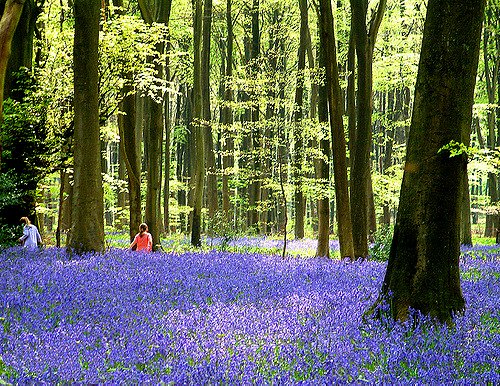
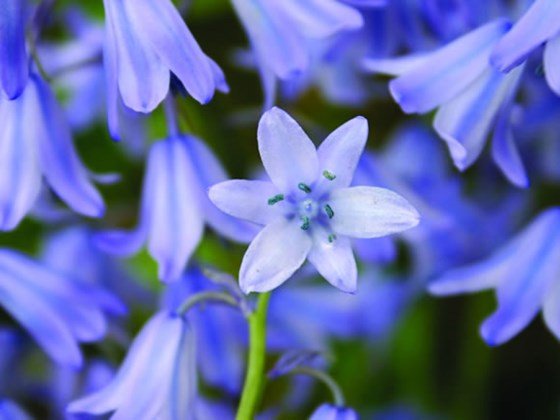
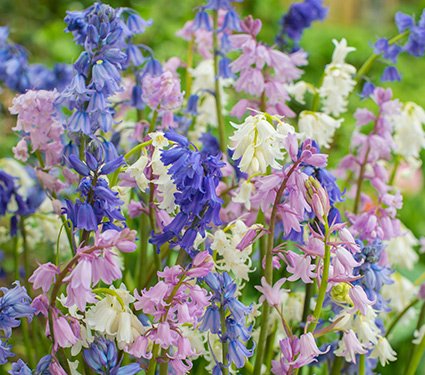
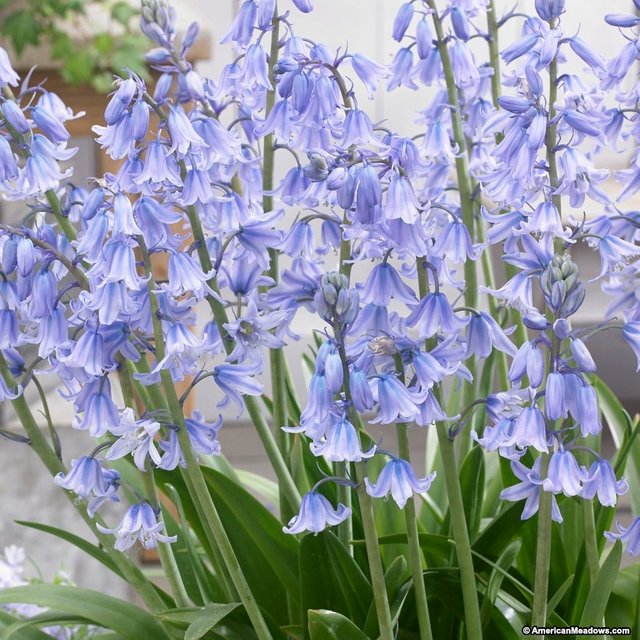
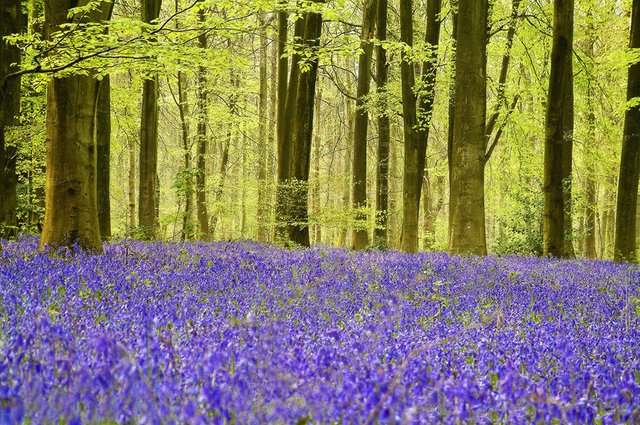
Spanish X and wild English bluebells:
The leaves are wider and bigger.
The petals of each bell open wider and flare at the ends rather than curl.
The bells are slimmer on the English bluebell.
The stamen is blue on the Spanish version, and yellow on the English one.
The English bluebell is a deeper blue than the Spanish one, which is a delicate shade of pale blue.
The English bluebell is stronger scented.
The Spanish bluebell is taller.
The Spanish bluebell can tolerate sunshine and happily grows in open spaces, whereas the English bluebell prefers at least partial shade and is never found growing in open spaces.
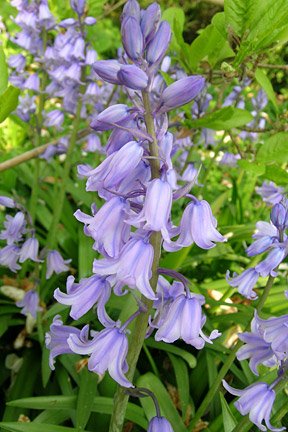
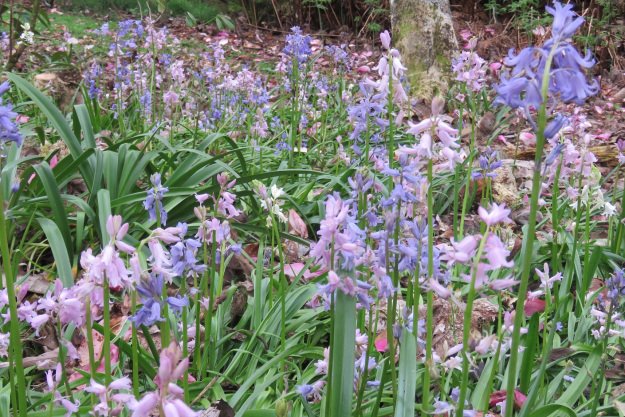
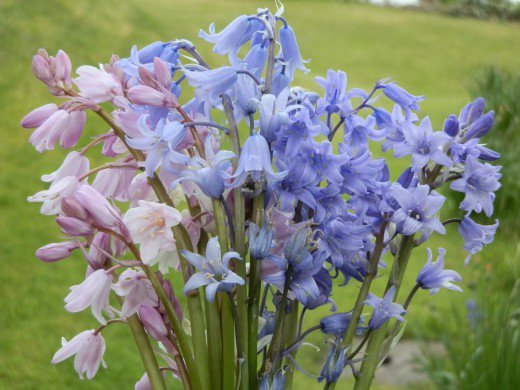
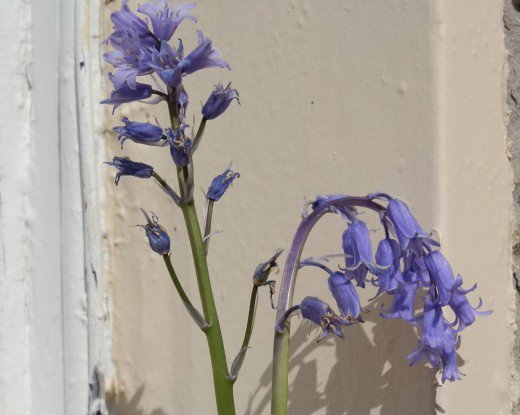
source:
https://www.thespruce.com/spanish-bluebells-late-blooming-spring-bulb-2132115